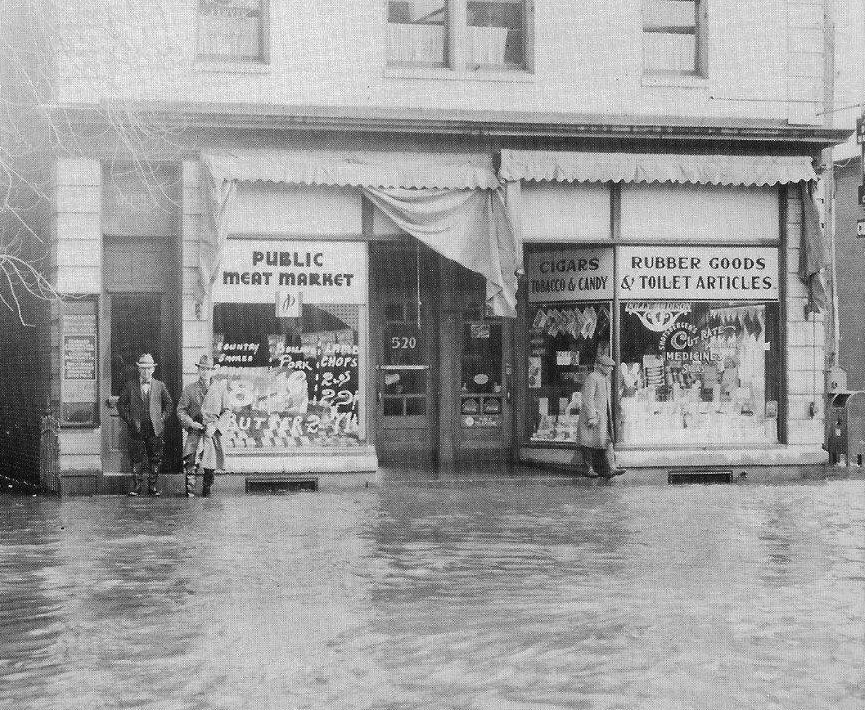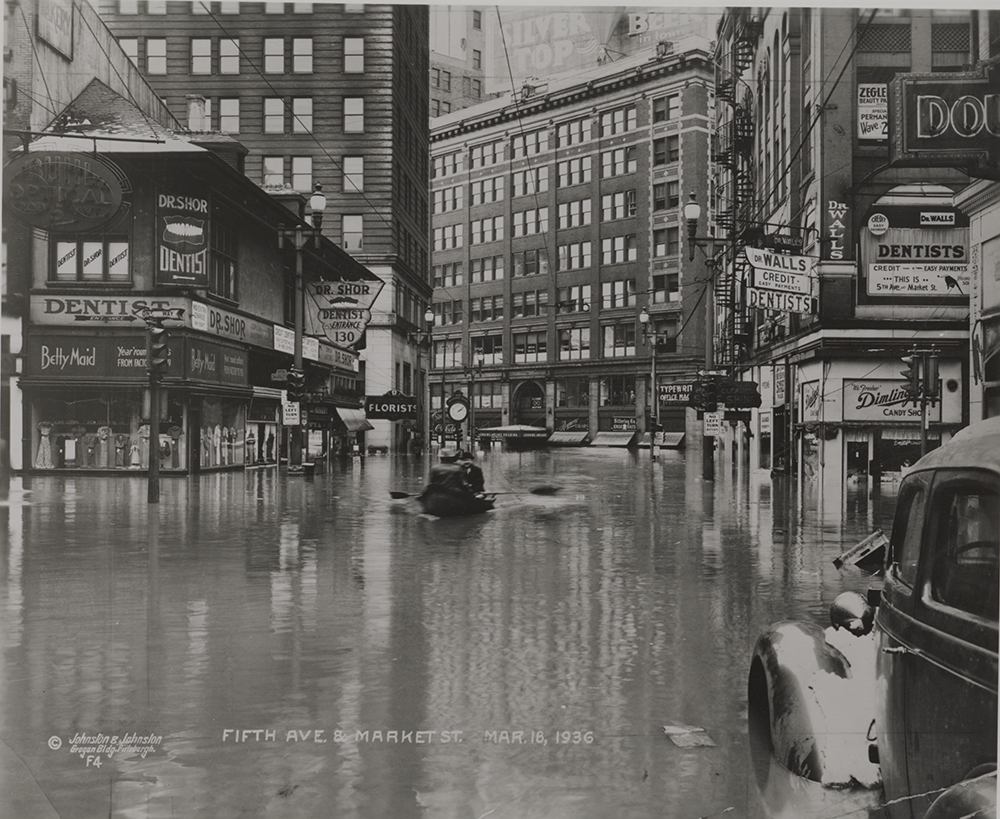Gallery
Photos from events, contest for the best costume, videos from master classes.
 |  |
 |  |
 |  |
 |  |
 |  |
 |  |
The St. Patrick's Day Flood of 1936. The worst flood in Pittsburgh history occurred in March 1936 when melting snow, combined with 48 hours of steady rain, sent the rivers and streams of the Allegheny Watershed overflowing their banks. River stages at the Point exceeded flood level (25 feet) between 8:00 and 9:00 AM on St. Patrick's Day. • Official release of "Remembering the St. Patrick's Day Flood of 1936 in the Allegheny-Kiski Valley," a 337-page collection of historical photos and text from newspaper stories compiled by museum manager Mickey Cendrowski in a three-year labor of love. The 1936 St Patricks Day Flood - Sunbury, Pa The 1936 St Patrick's Day floods are still today some of the worst floods on record for this Susquehanna valley. More 1936 Flood Photos On March 17 and 18, 1936, the city of Pittsburgh, Pennsylvania, witnessed the worst flood in its history when flood levels peaked at 46 feet (14 m). This flood became known as The Great St. Patrick’s Day flood, and also affected other areas of the Mid-Atlantic on both sides of the Eastern Continental Divide. The Flood of March 17-19 1936. Some call it the “Record Flood of 1936.” Others refer to it as the “Great Potomac Flood.” Still others noted it as the “Saint Patrick’s Day Flood of 1936.” No matter what you call it, one of the region’s worst natural disasters took shape 80 years ago. Reminders of the Great Flood of 1936 remain in Pittsburgh to this day. Markers still show the height of the flood waters on some downtown buildings. The St. Patrick's Day Flood in Pittsburgh in 1936 is only one of many unforgettable historical moments. Click here to read about 10 unusual historical facts about the Burgh you might not know. Oakmont Historical SocietyMarch 25, 2019Lecture Series by Gary RogersAs the storm waters rose along the Allegheny River, Oakmont and Verona were submerged un Newsreel footage of "The Great St. Patrick’s Day Flood" of 1936. Over 100,000 buildings were destroyed and the damage was estimated at about $250 million ($4.3 billion today). Hope Everyone had a wonderful St. Patrick’s Dayand weekend. Did You Know: On March 17 (St. Pat’s Day!) and March 18, 1936, Pittsburgh was hit with a devastating flood. The St. Patrick's Day floods affected all areas of Pennsylvania - Easton, Williamsport, Bloomsburg, Sunbury, Johnstown and Pittsburgh. More than 100 people in Pennsylvania died and the damage The St. Patrick’s Day flood of 1936 in Pennsylvania was devastating – more than 100 people died and damage was estimated at $300 million. A reporter who took an aerial tour of the damage said Many people and businesses from this era have stories about the 1936 St. Patrick’s Day flood, Uhl said, which is one of the many reasons it’s so well-remembered. When the History Center did an A photo taken from Corbet Street shows how high the water rose against the Fifth Avenue buildings (left) during the St. Patrick’s Day Flood of 1936. Courtesy of Alle-Kiski Valley Historical Society On St. Patrick’s Day, the rising rivers reached the North Side and washed into the streets of Downtown, wiping out historic businesses within hours. River levels reached a peak of 46 feet at the Point, more than 20 feet over flood stage, leaving more than half of Downtown businesses underwater. 1936 St. Patrick Day Flood The winter of 1935-36 was extremely cold and the ground was deeply frozen. Normally the snow covering all the watershed areas would melt slowly and seep into the ground. The flood levels of The Great St. Patrick’s Day Flood surpassed both figures, the water levels in 1936 peaked at 46 feet. “Not within the memory of the oldest citizen, or in the records of the weather bureau has such a flood struck the Pittsburgh district,” The Pittsburgh Press wrote at the time. N early 2 inches of rain fell in Pittsburgh on March 16, 1936. Combined with melting snow, the rain caused massive flooding; a day later, the Allegheny and Monongahela rivers rose to a peak of 46 feet at the Point, more than 20 feet over flood stage. More than half of the businesses Downtown ended up underwater. Meteorologists classify the 1936 event as a 500-year flood, one of the worst possible scenarios. Many surviving downtown buildings still have markers showing the height of the water during the Great St. Patrick's Day Flood of 1936. A plaque on the facade of the Post-Gazette building downtown shows the water level of the 1936 flood. 85 years ago, on March 17 & 18, 1936, the city of Pittsburgh witnessed the worst flood in its history when water levels at the Point reached 46 feet. This flood became known as The Great St. Patrick’s Day Flood, affecting the entire Pittsburgh area including Montour Junction in Coraopolis. The St. Patrick's Day Flood of 1936 was the worst flood ever to hit the region. Within the Ohio Valley, 153 people died, 69 of them within the Pittsburgh region, 45 of them within the city. Muddy waters crested at 46 feet at the city's Point, flooding steel mills and putting 60,000 workers out of work for a week.
Articles and news, personal stories, interviews with experts.
Photos from events, contest for the best costume, videos from master classes.
 |  |
 |  |
 |  |
 |  |
 |  |
 |  |